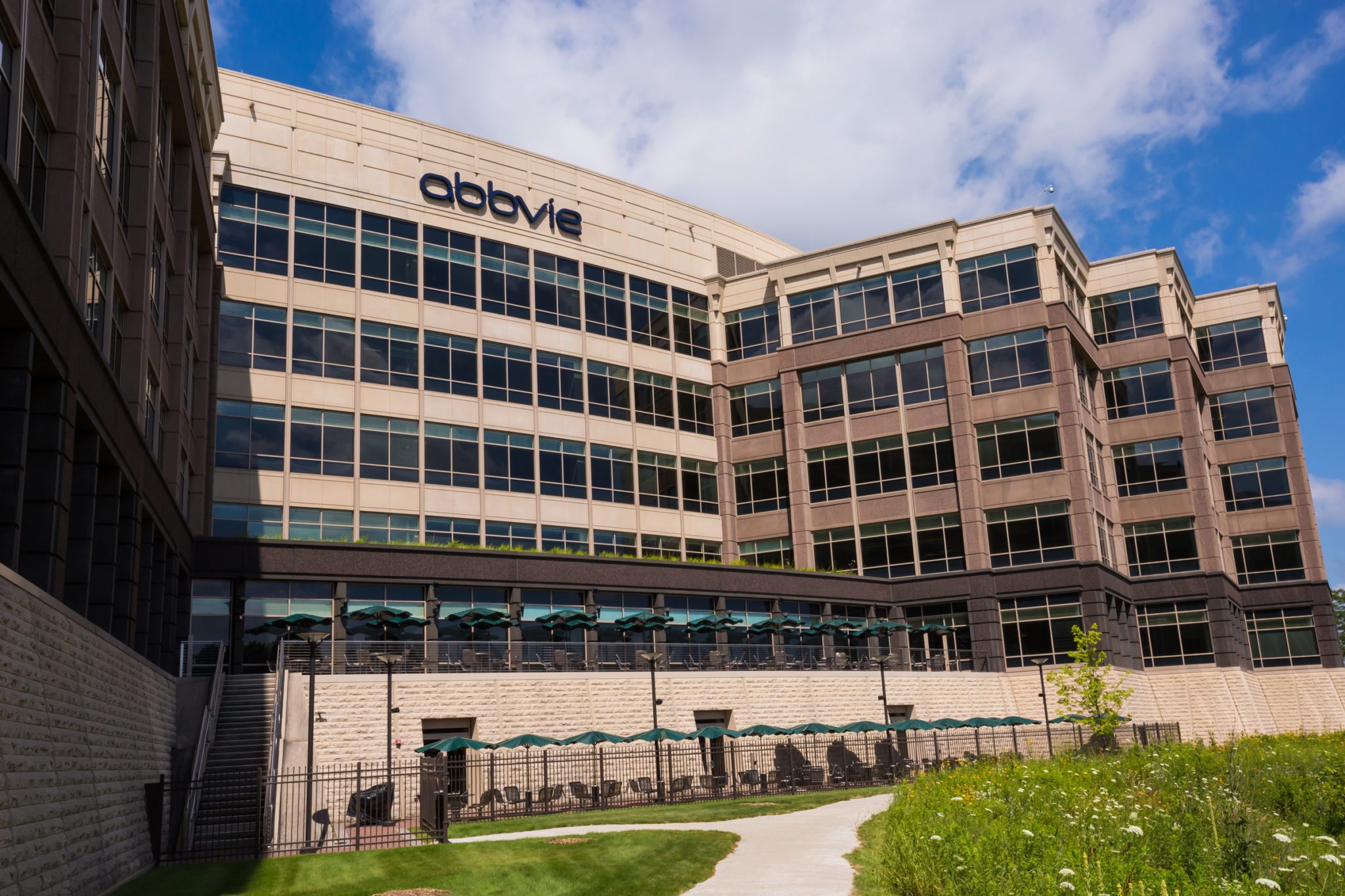
Top 20 blockbuster drugs in the late-stage pipeline — EvaluatePharma
Every time news hits about another biosimilar to Humira, analysts are reminded that AbbVie $ABBV is living on borrowed time. Ever since the big …
Sign up to read this article for free.
Get free access to a limited number of articles, plus choose newsletters to get straight to your inbox.